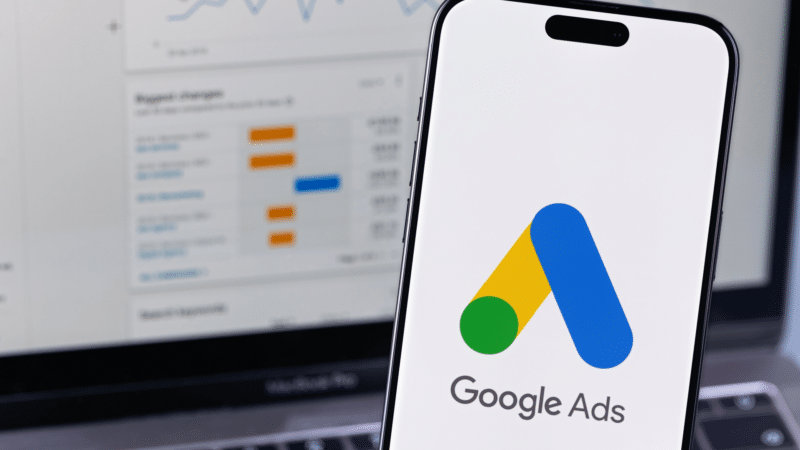
Is Google’s New Advertisement Format Changing the Game for Marketers?
In the ever-evolving digital advertising landscape, Google’s recent experiment with a new advertisement labeling format in search results raises pivotal questions on the intersection of ad visibility and user experience. The tech giant has opted for a more pronounced approach, introducing a taller gray background for ads that clearly states “Sponsored,” accompanied by subtitles like “Promoted products” or “Promoted results.” This notable shift away from the more subtle labeling strategy suggests a critical reevaluation of how ads can effectively capture user attention.
The introduction of a subsequent section labeled “All results” is a significant move, enhancing clarity between organic content and paid advertisements. This change offers advertisers a chance to optimize their strategies, as the distinction becomes crucial for both user engagement and ad performance. While many have speculated on the potential impacts of these changes, the real test lies in how they influence click-through rates (CTR) and conversion rates over time.
For digital marketers, watching sustained user responses to this labeling format will be essential as metrics such as CTR and conversion rates are bound to be affected profoundly. With a more visible advertisement, there is a potential shift in user behavior; the perception of ads might gradually change. Advertisers are urged to remain vigilant in analyzing these metrics as the rollout progresses, capitalizing on insights that could drive future campaigns.
Moreover, the shift in Google’s advertising strategy aligns seamlessly with the increased reliance on URL shorteners and management tools. As brands seek to optimize their ad content and engagement, using URL shorteners can facilitate tracking and enhance the user experience. Short links provide a means to declutter ad presentations, making it feasible to analyze user interactions with ease. Integrating these tools can allow marketers to refine their approach while ensuring that their advertisements remain compelling and actionable.
In conclusion, Google’s strategic pivot in advertisement labeling presents a dual opportunity and challenge for marketers and advertisers alike. By understanding this shift and leveraging URL management tools, businesses can navigate the complexities of the digital marketplace more effectively. Staying ahead in this competitive arena calls for a proactive approach to adapting to changes that may redefine user interactions with advertisements.
#BitIgniter #LinksGPT #UrlExpander #UrlShortener #DigitalMarketing #SEO #MarketingStrategy
Want to know more: Read more

